Wrocław is a town located in the western Poland region of Europe, on the Oder River. It is known for its Market Square, which is lined with elegant townhouses and features a modern well. The Gothic Old Town Hall is also on the square, with its large astronomical clock. Nearby is the Racławice Panorama, a painting that depicts the battle for independence of 1794. Over the river sits the auditorium of the Centennial Building, with its massive dome and tall spire. Wrocław is Silesia ‘s traditional city and Lower Silesia. Today it is the seat of the Voivodeship in Lower Silesia. The city’s history goes back more than a thousand years, and its rich legacy blends virtually all European religions and cultures.
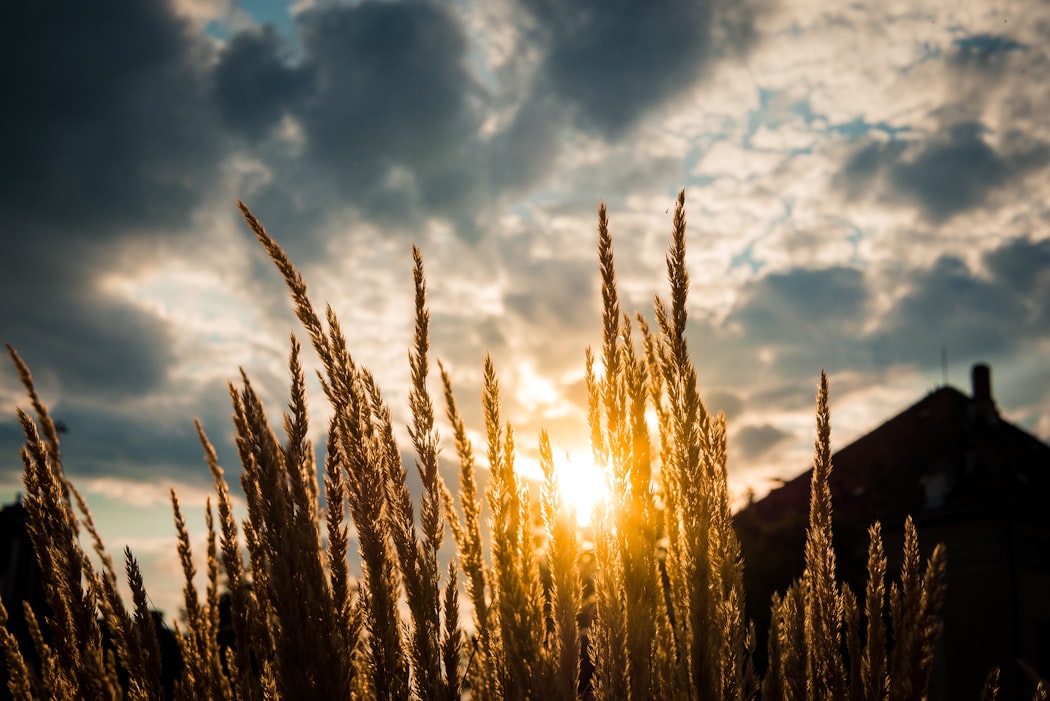
Top Things to see in Wroclaw
Panorama Racławicka
The War of Racławice Panorama is a massive painting from the 19th century, whose height exceeds 15 meters and 114 meters in length. This unusual panoramic artwork is housed in a circular house, in a separate space devoted to it alone, where the viewer feels incorporated into the picture himself due to extra effects such as the sun and the realistic landscape right before the painting site. The combat depicted on the artwork actually took place and therefore portrays a significant range of historical Polish personalities and locations.

Market Square
The medieval market square was built in the early 13th century and is one of the most lively and busy areas in town. It is one of Europe’s main commercial squares and does not have one, but two town halls. The Gothic Old Town Hall is over 60 meters high, making it the country ‘s tallest town hall. Piwnica Świdnicka is also the oldest restaurant in Europe, situated on the square. The town square is perfect for both good local cuisine and informal events. The square is the main location for festivals, urban holiday parties, and street art projects of new years eve.
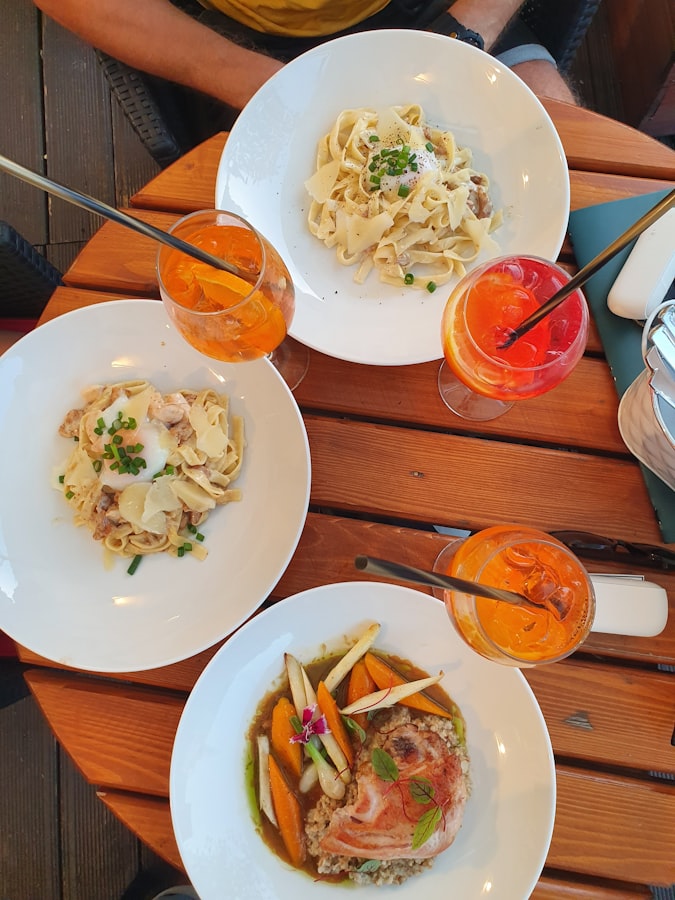
Gnome hunting
The gnomes are several tiny approximately 30 cm figures that appeared in Wrocław Streets in 2005. They have been one of the main tourist attractions after that time. Provided that they are located in different sections of the region, citizens visiting Wrocław are looking for them when in the area.
Ostrow Tumski
The older section of Wrocław is Ostrow Tumski. It was founded by the Piast dynasty in the Xth century. During your stay in Wrocław, the walk in the city is a must not just because of its magnificent old architecture but also because of its position by the river Oder. The area ‘s oldest cathedral has a rather fascinating past, too.
The Monument of an Anonymous Passer-by
The Memorial to an Unknown Passer-by consists of 14 new, bronze sculptures located on Wrocław’s Šwidnicka lane. What is unique about these sculptures is that each one of them ‘vanishes’ deeper and deeper into the earth, as we reach the lane. The monument was originally created in 1977 by artist Jerzy and later moved to the streets from one of Wrocław ‘s museums.
Cathedral of St John the Baptist
The cathedral is one of the town’s most important and valuable historical monuments. It was built as the first brick building in Poland in the medieval period, the 13th century, but there was a church standing there since the 10th century even before. The stunning symmetric spires give a spectacular panoramic view of Wrocław.
Wrocław’s Multimedia Fountain
Created in 2009 to celebrate the 20th anniversary of Polish democratic elections, The Multimedia Fountain is located in the colourful Szczytnicki Park and next to the Centennial Hall. It comprises 300 nozzles that along with the use of music and colour effects make wonderful water multimedia displays. The shows are held each hour.
Centennial Hall
Hala Stulecia, or the Centennial Hall, figures since 2006 on the UNESCO World Heritage List. Built by Max Berg in the 20th century, this is Poland’s most important cultural hall, hosting a number of concerts, conferences, exhibitions, and other similar events. The design is a clever and eclectic combination of tradition and modernity, similar to the hall hosting events. The Centennial Hall is situated near the Szczytnicki Park and the Interactive Pool, and apart from the activities, there is a chance to visit it.
Ossolineum garden
The beautiful Baroque garden is surrounded by Ossolineum – a traditional, non-profit institution that goes back to Poland’s partitions, and greatly led to the production and popularization of Polish literature. The hedges and main fountain establish an attractive and ordered environment. A broad library and reading rooms are situated at the Ossolineum site.
The White Stork Synagogue
In 1829 the German architect Karl Ferdinand Langhans designed the Wrocław Synagogue. The Jewish minority has long been a major part of Polish cultural identity, and the country used to be much more multicultural than it has become after the war, but it plays an important role even nowadays. The members of the Jewish group were mobilized to be sent to the Nazi death camps after World War II. Restored after the war, the Jewish cultural centre reopened in 2010. It also houses a permanent exhibition about Jewish history in Wrocław and Lower Silesia and other temporary exhibitions.
Wrocław University
This institution was established by the Holy Roman Emperor Leopold in 1702, having taken over from a Jesuit college. One of the must-sees is the extravagantly designed Baroque space, Aula Leopoldina, with a fresco roof, gilded stucco, painted cherubs and portraits of the founding fathers of the university. The Oratorium Marianum, now the music hall for the university, is also extremely rich, while the Mathematical Tower is the old Astronomical Observatory, with a 42-meter tower and a meridian line on its floor.
Plan your trip with Pickyourtrail

The best time to visit Poland is in Spring (March-May) and Fall (September-November), however. This nation has a traditional temperate climate in Europe, with six distinctive seasons in which summers are mainly hot and rainy while winters are dry. Whilst getting ready for your Poland Itinerary isn’t rocket science, having a trusted travel partner can be another advantage. Pickyourtrail not only ensures quick and trouble-free travel but also keeps the cost-efficiency under control. To know more, sign in to www.pickyourtrail.com and start planning your Europe vacation packages.
Related Itineraries
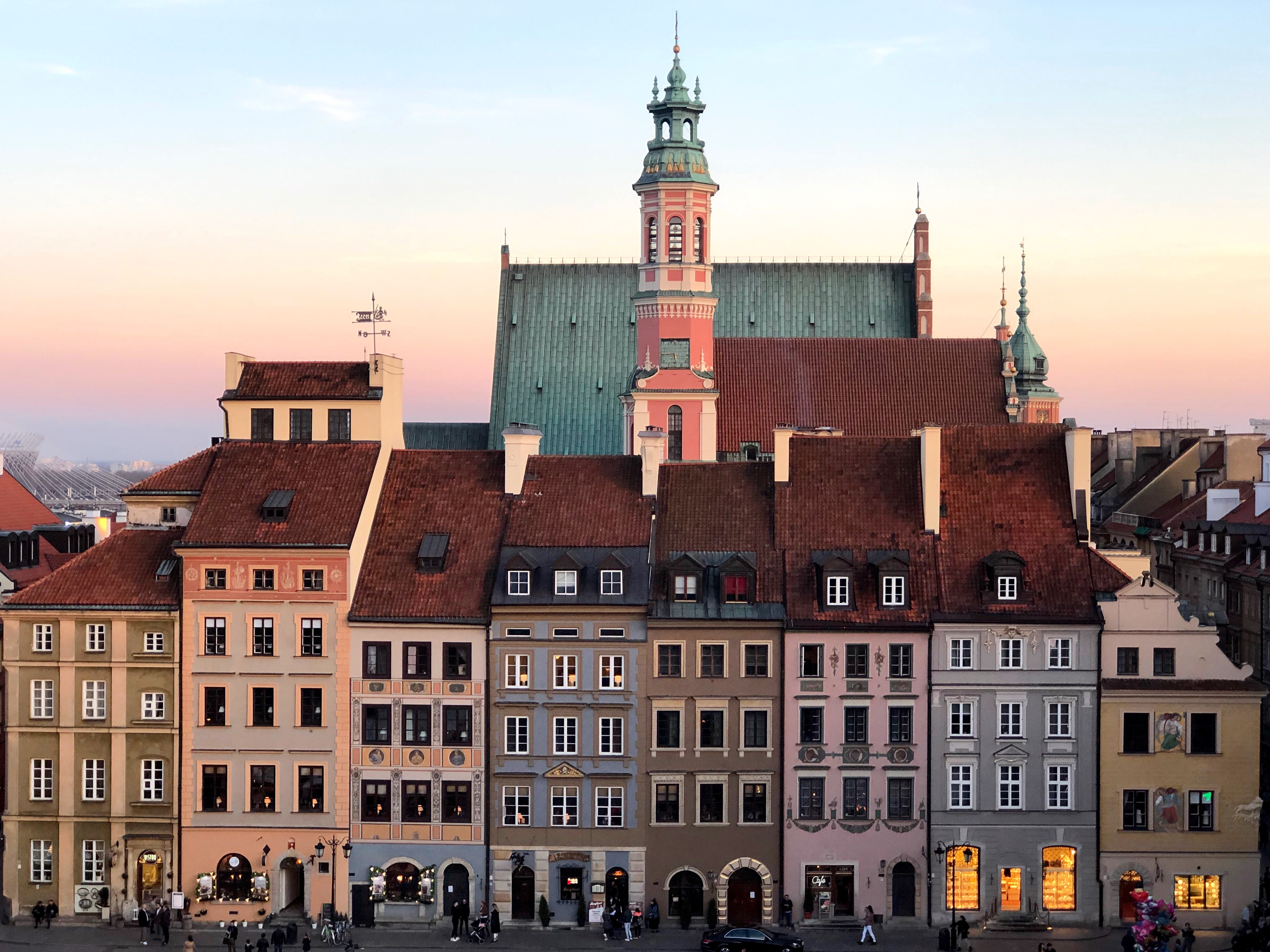
7-Night Christmas Itinerary with Gdansk and Warsaw in Poland
- Flights excluded
- 3 star accommodations
- 7 activities
- Shared transfer
₹ 1,08,376
Starting price/person

Stunning 11 nights Central Europe Tour
- Flights excluded
- 3 star accommodations
- 9 activities
- Shared transfer
₹ 79,402
Starting price/person
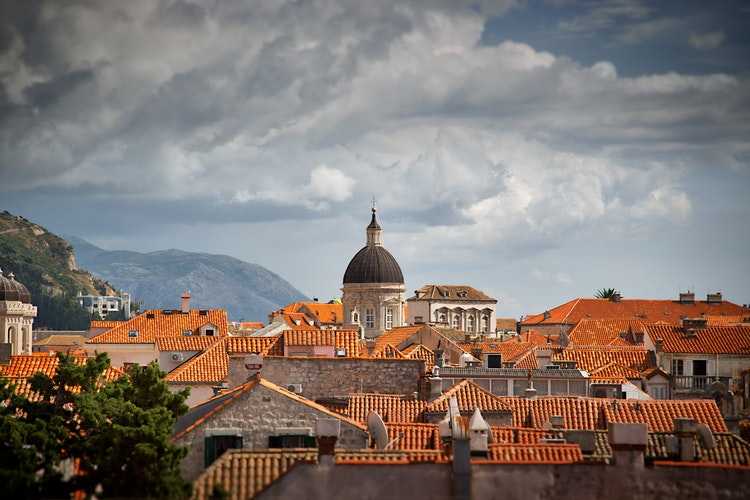
12 Day Europe Family Holiday Trip
- Flights included
- 4 star accommodations
- 7 activities
- Private transfer
₹ 1,01,968
Starting price/person
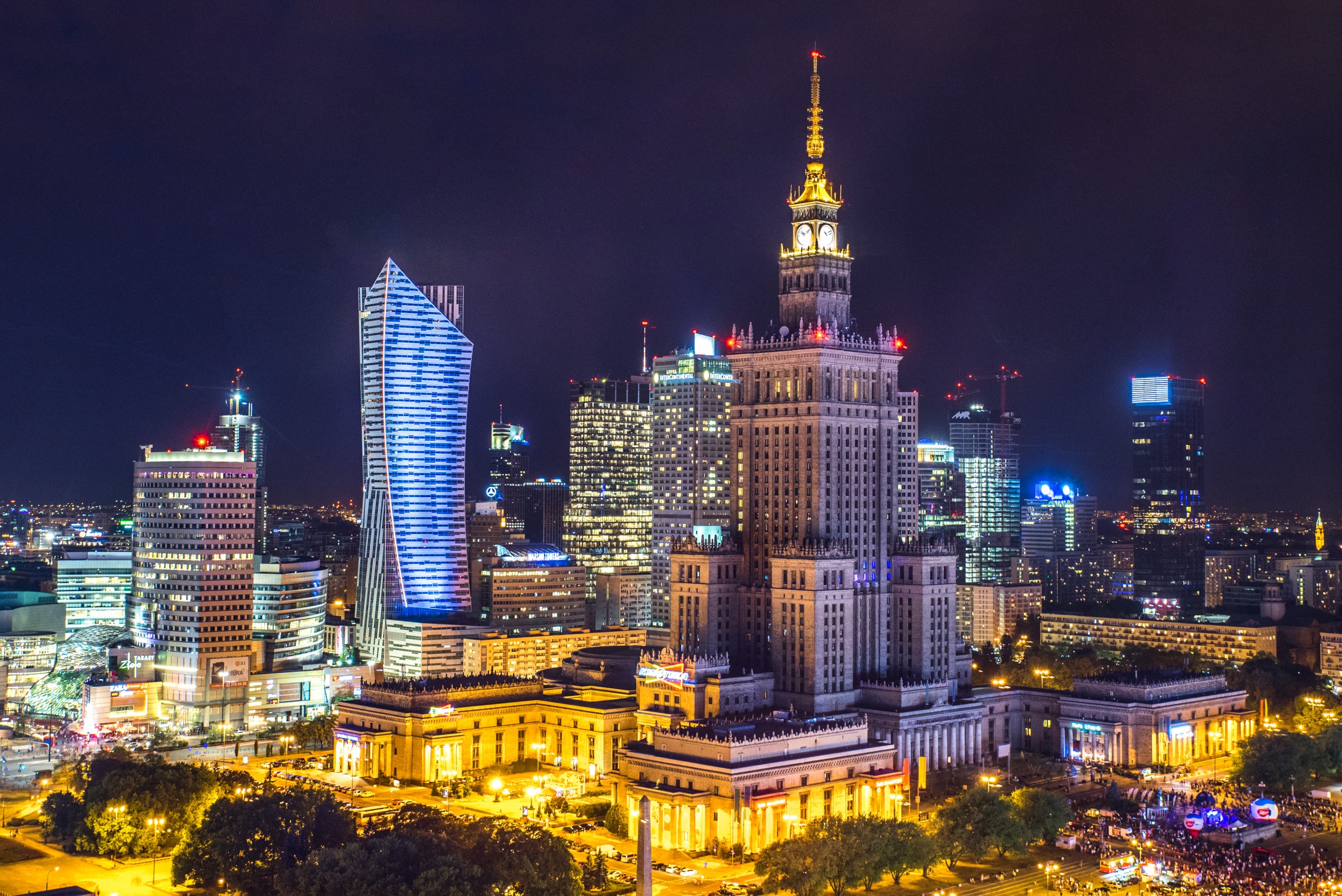
6-Night Christmas Itinerary in Poland with Krakow and Warsaw
- Flights excluded
- 3 star accommodations
- 5 activities
- Shared transfer
₹ 65,591
Starting price/person

13 nights 14 days Hungary Family Tour Package with 1-Hour River Cruise on the Danube
- Flights included
- 2 star accommodations
- 8 activities
- Private transfer
₹ 2,65,219
Starting price/person

The perfect 13 day Poland itinerary for the adventure lovers
- Flights excluded
- 1 star accommodations
- 7 activities
- Shared transfer
₹ 79,660
Starting price/person

An epic 10 night Europe itinerary for the stunning
- Flights included
- 2 star accommodations
- 4 activities
- Shared transfer
₹ 1,28,426
Starting price/person

The fabulous 13 night Europe Solo itinerary
- Flights excluded
- 3 star accommodations
- 6 activities
- Private transfer
₹ 1,33,917
Starting price/person

An epic 16 day Europe itinerary for the wanderers
- Flights included
- 3 star accommodations
- 11 activities
- Shared transfer
₹ 2,20,026
Starting price/person
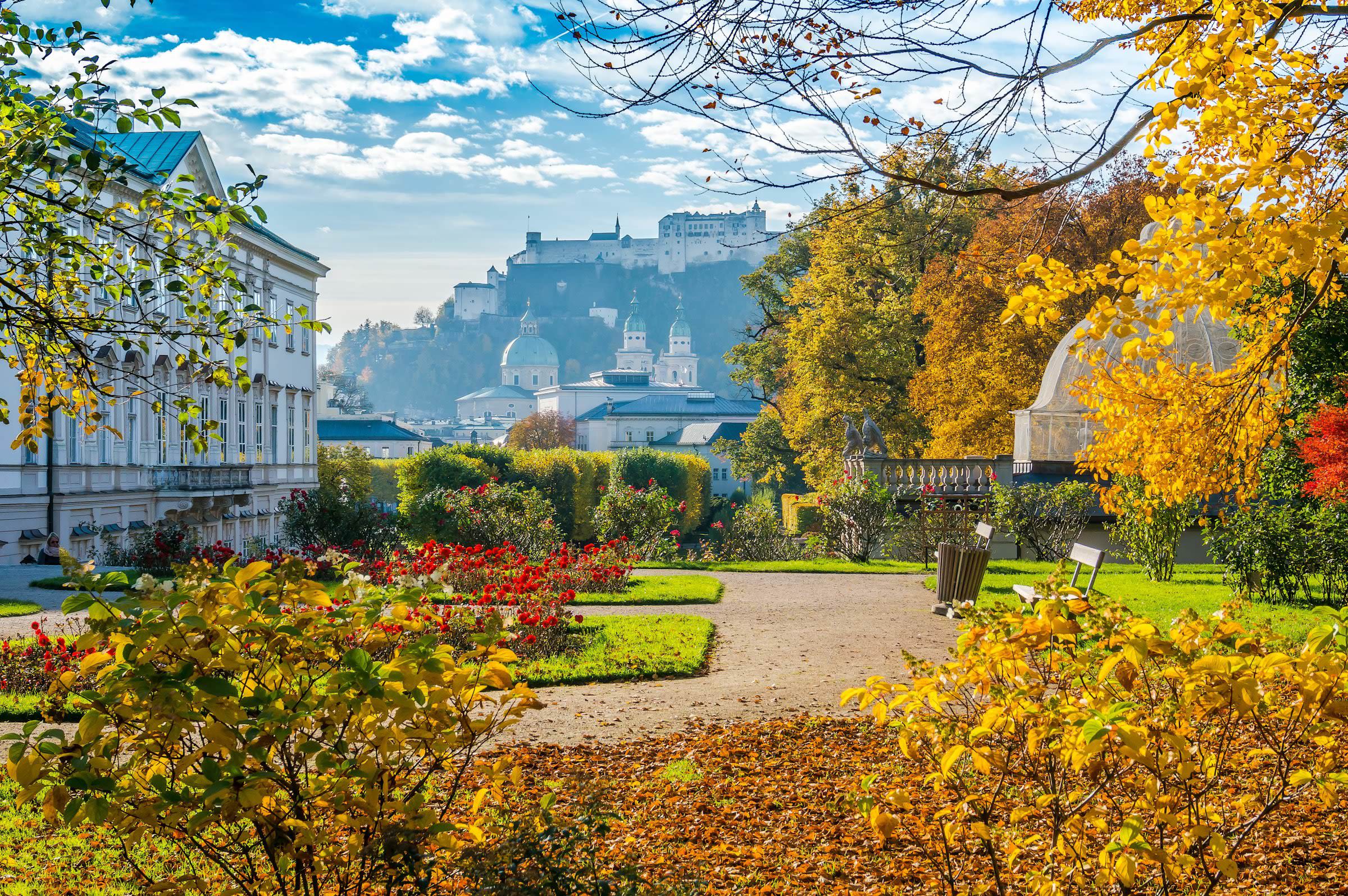
A 11 night trip to classic Europe
- Flights included
- 4 star accommodations
- 6 activities
- Private transfer
₹ 1,11,713
Starting price/person



